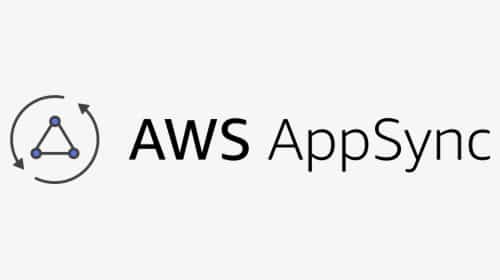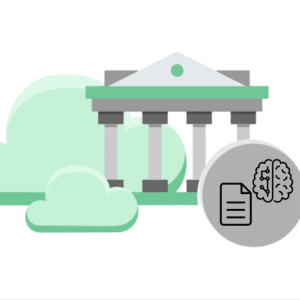What is AWS Amplify?
AWS Amplify is a set of purpose-built tools and features that simplifies UI and backend creation of full-stack mobile and web applications. Its code libraries, ready-to-use components, and built-in CLI (command line interface) boost performance and quality in your app development lifecycle. AWS Amplify supports a wide variety of languages for web and mobile application development.
The AWS Amplify development framework provides use cases for faster, easier development and deployment of high-impact mobile and web apps. From authentication to data to AIML (artificial intelligence markup language), Amplify’s toolset streamlines the process. Your mobile and web apps perform at their peak powered by AWS Services.
Cloud is powerful, but necessarily complex. AWS Amplify shields your development and deployment cycles from that complexity.
Here are reasons we think you should use AWS Amplify for your Agile Mobile and Web app development.
Free then Pay-As-You-Go Development Platform
A much-utilized feature of paid AWS Services is the usage payment model. AWS Amplify offers this flexible and cost-efficient model enabling you to save money by paying only for the services you use. But, even better than that, Amplify offers impressive service tiers for free. You only pay once your trial period of 12 month is over or until you reach a higher threshold of technical requirements.
No Cloud Expertise Required
Under the whole AWS Amplify ecosystem, you can take advantage of its amazing AWS Amplify Studio tool. This feature creates clean REACT code from visually executed changes made in the console. This allows you to focus less on detailed coding and more on awesome user experience and business functionality. You can let the tool worry about efficient code, performance, and scalability. Amplify is a low-code solution with guided workflows to set up best-in-class backends handling complexity without slowing development.
Speeds Prototyping
AWS Amplify puts all the tools and processes at your developers’ fingertips that enable them and the product development team to to experiment with new functionality, adding and sunsetting features quickly as they get customer or focus group feedback on what the market wants and what it doesn’t. The ability to exponentially accelerate development and deployment cycles brings an incredible competitive advantage of agility.
No Loss of Architectural Control
Amplify’s use-case centric approach to building cloud backends is instantly attractive to new developers and those new to cloud. This can warn more seasoned developers and architects who are likely to raise concerns about full control on the code. But with Amplify, there is no need for concern because the platform offers “escape hatches” to enable a team ot fine-tune lower-level APIs, if ever required. These short-cuts enable customization of specific API calls sent to backend services.
Integrate with other AWS Services
AWS Amplify offers the User Interface (UI) elements for cloud-connected workflows, CLI toolchain, and code libraries. To integrate with other AWS services, these libraries can be employed mutually or independently without needing to adjust the UI of the existing app. The combination of an existing frontend app with Amplify can be done by adding a few code lines.
There are few approaches when joining an actual frontend application with AWS Amplify. For example, doing a complete backend rebuild that can be done by using the Amplify toolchain to rebuild resources.
Build your cloud native application with DinoCloud
AWS Amplify SDK Integrates with the most used App Development languages
Even though the SDK is fully available for Node developers, AWS Amplify is easy to integrate with the most popular Web & Mobile applicaiton development framework, including native languages (Android & iOS), Flutter and React Native.
Automate Cloud Backends
AWS Amplify improves app performance by offering built-in support for backend management. Amplify CLI enables you to auto-configure cloud backends by connecting your backend via libraries. Easy-to-use CLI commands enable you to to add more cloud services and features and efficiently make changes to your AWS-managed backends. The CLI processes and workflows are seamless, accelerating development. .
Common Workflows Faster and Standardized
Amplify UI offers dozens of pre-built components of common workflows such as login and logout. Adding them to your app is as simple as dragging and dropping in the component. Save time, get standardization across applications, and put your development time to better use on critical functions and innovation.
Useful Web-Based Analytics
AWS Amplify’s web-based analytics dashboard offer up-to-date metrics on user sessions, attributes, and in-app metrics. Developers, designers, and project managers benefit from the insight this analytics dashboard provides.
AWS Amplify brings the security reliability, and availability to full-stack mobile and web apps that AWS Services is renowned for.
Deploy secure and efficient apps quickly without having to manage the underlying infrastructure.
Learn how DinoCloud has helped its clients build cloud native web and mobile applications.
Connect with our team to talk about your next project!
LinkedIn: https://www.linkedin.com/company/dinocloud
Twitter: https://twitter.com/dinocloud_
Instagram: @dinocloud_
Youtube: https://www.youtube.com/c/DinoCloudConsulting











